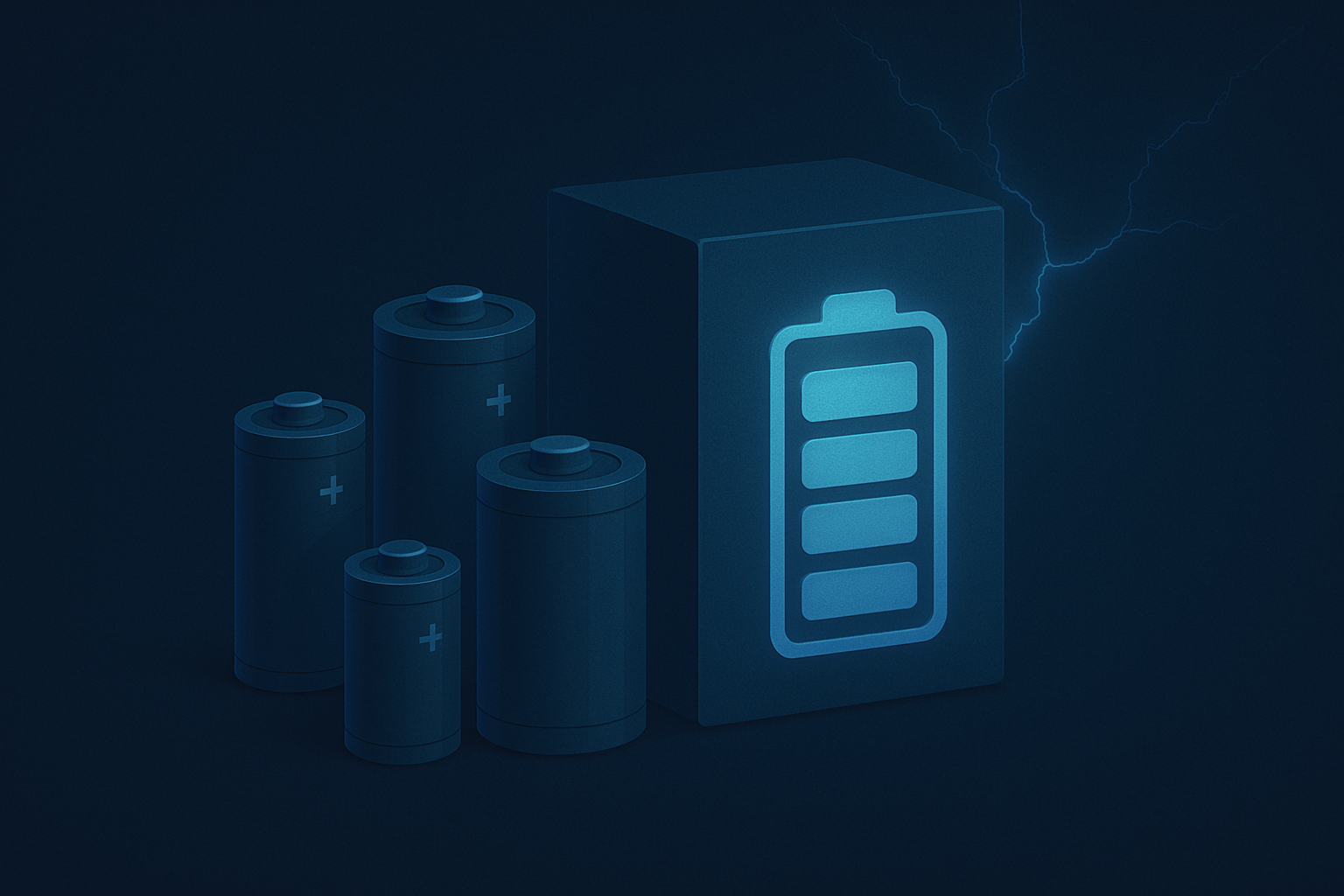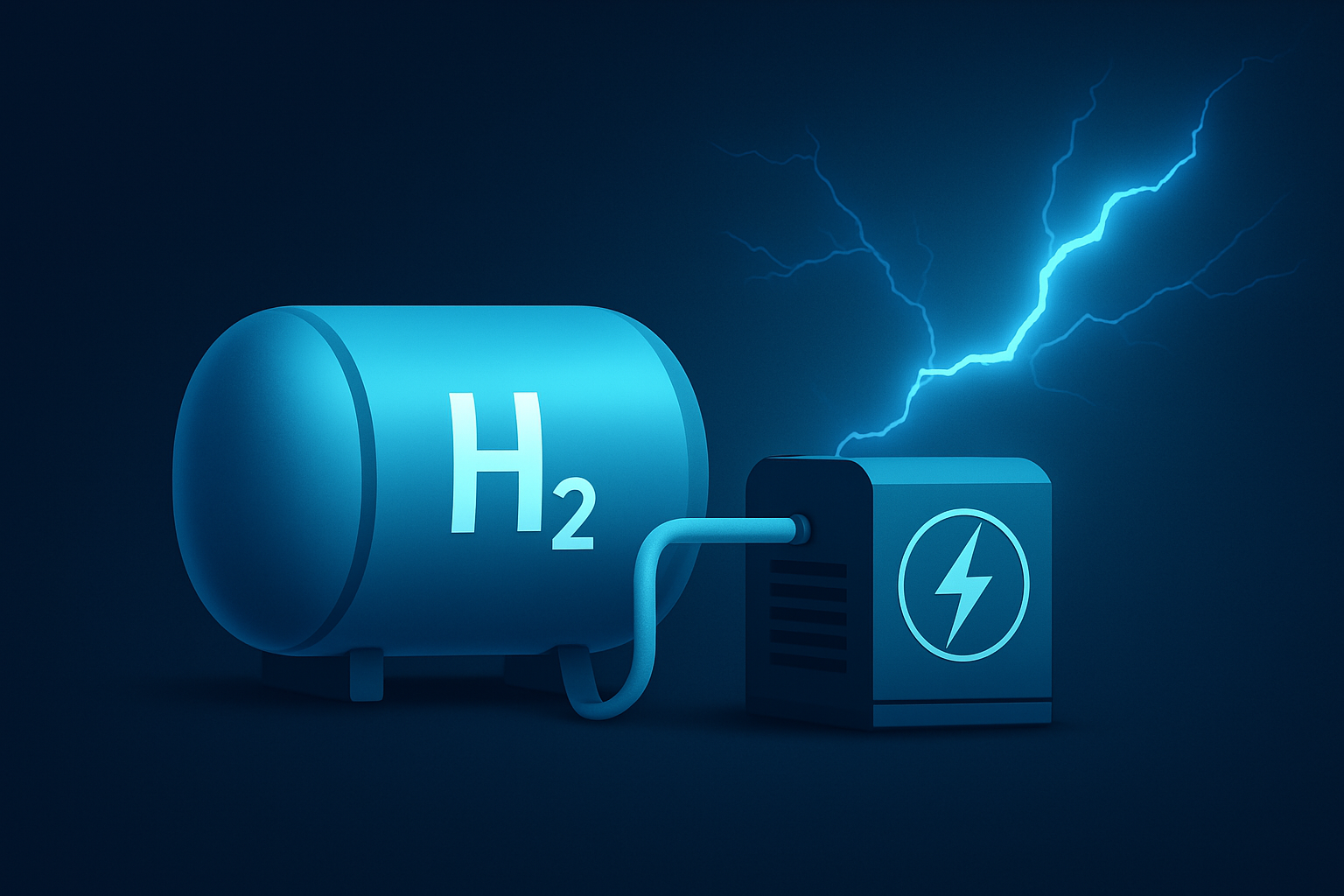
Gravity Energy Storage: Harnessing the Power of Nature for a Sustainable Future
As the renewable energy revolution gathers pace, one of the biggest challenges remains: how do we store surplus power generated by intermittent sources such as wind and solar? Among the innovative solutions emerging to address this challenge, gravity-based energy storage stands out. This technology, which transforms excess electricity into gravitational potential energy, offers an environmentally friendly, long-duration storage option that could complement and even, in some cases, rival conventional battery systems.
The Science Behind Gravity Storage
At its core, gravity energy storage exploits a simple yet powerful physical principle—gravitational potential energy. When energy is abundant, surplus electricity is used to lift heavy masses—often large blocks of concrete or other dense materials—to higher elevations. This process stores energy in the form of potential energy. When there's a need for electricity, the weight is allowed to descend, converting that stored potential energy back into electrical energy through generators.
The basic formula for gravitational potential energy is:
E = m × g × h
where E is energy (in joules), m is mass (in kilograms), g is the gravitational acceleration (about 9.81 m/s² on Earth), and h is the height difference (in meters). Essentially, the greater the mass and the higher it's lifted, the more energy is stored. This natural process is both simple and reliable, relying on abundant resources like concrete, steel, and even recycled materials.
Branches of Gravity Storage Technology
Gravity-based storage isn't a one-size-fits-all solution—it comes in several forms, each with its own advantages and challenges. Here are the primary types:
1. Surface-Based Gravity Storage
Surface systems use purpose-built towers or modular structures where heavy weights are raised using cranes or winches. When energy is needed, the weights are lowered, and their kinetic energy is converted back into electrical energy via generators. This method is attractive because it offers:
Scalability: Systems can be expanded by adding more weights or additional towers.
Modularity: They are adaptable to various power capacities and can be deployed near renewable generation sites to minimize transmission losses.
However, surface-based systems typically require significant land use and can be visually intrusive, factors that may require careful site selection and community engagement.
2. Legacy Mineshaft Storage
An innovative twist on gravity storage involves repurposing abandoned mineshafts. In these systems, heavy weights are lowered and raised within existing underground shafts. The advantages here include:
Minimal Surface Impact: Because the bulk of the system is underground, there's little interference with the surrounding landscape.
Cost Efficiency: Utilizing pre-existing infrastructure can reduce construction costs.
Despite these benefits, the success of mineshaft storage is highly site-specific—suitable abandoned mines must be available, and the geometry of the shafts can limit storage capacity.
3. Underground Piston Systems
A more experimental approach, underground piston gravity storage, uses a massive piston within a sealed underground chamber. Excess electricity pumps water into the chamber, lifting the piston. When energy is needed, the piston is allowed to descend, pressurizing the water and driving turbines. This method offers high energy density and low operational losses, but it is still in early developmental stages. The challenges here include:
Technical Complexity: Designing durable seals and ensuring the structural integrity of underground caverns are major hurdles.
High CAPEX: Extensive excavation and construction can drive up initial costs.
Advantages of Gravity Energy Storage
Gravity-based energy storage systems present several compelling advantages:
Long-Duration Storage: Unlike chemical batteries that suffer from degradation over time, gravity systems can store energy for extended periods without significant losses.
Durability and Low Maintenance: With lifespans that can extend 30 to 50 years, these systems often require less ongoing maintenance compared to battery systems.
Environmental Friendliness: Gravity storage uses abundant and recyclable materials and typically has a low operational carbon footprint. Additionally, by repurposing existing structures like mines, these systems can contribute to a circular economy.
Scalability: Particularly in surface-based designs, these systems can be modular and expanded as energy needs grow.
Challenges to Overcome
While the promise of gravity storage is significant, several challenges remain:
Low Energy Density: Gravity systems generally offer lower energy density compared to lithium-ion batteries. This means that, for the same amount of stored energy, gravity systems require a much larger physical footprint.
High Initial Investment: The capital expenditure (CAPEX) for constructing towers, winches, or retrofitting mineshafts can be considerable.
Site Specificity: Not every location is suitable—surface systems need flat, open spaces, while underground systems require appropriate geological conditions.
Mechanical Wear: Repeatedly lifting and lowering massive weights can cause mechanical wear, necessitating robust materials and regular maintenance.
Real-World Applications and Future Prospects
The potential of gravity-based storage is already being tested in several pioneering projects. For instance, Energy Vault's system in Rudong, China is poised to become one of the world's first commercial-scale implementations of surface gravity storage. Meanwhile, companies like Gravitricity are exploring mineshaft-based systems in Europe, and innovative underground piston projects are on the horizon.
These projects highlight not only the technical feasibility of gravity storage but also its potential to become a key component in a diverse portfolio of energy storage solutions. As the renewable energy landscape evolves, combining different storage methods—such as batteries, compressed air, and gravity storage—could provide the flexibility needed to ensure grid stability and maximize the use of renewable power.
Conclusion
Gravity energy storage represents a fascinating convergence of simple physics and modern engineering. By transforming excess renewable energy into gravitational potential energy, these systems offer a sustainable, long-duration storage solution that can help stabilize the grid and support the transition to a low-carbon future. While challenges such as high initial costs and site-specific requirements need to be addressed, ongoing research and pilot projects continue to refine and validate this promising technology.
As the energy sector embraces more diverse and integrated storage solutions, gravity-based systems are well positioned to play a significant role in the future of energy storage—one that leverages the fundamental forces of nature to power our sustainable tomorrow.
News & Events
Read the most recent updates and explore the upcoming events.






